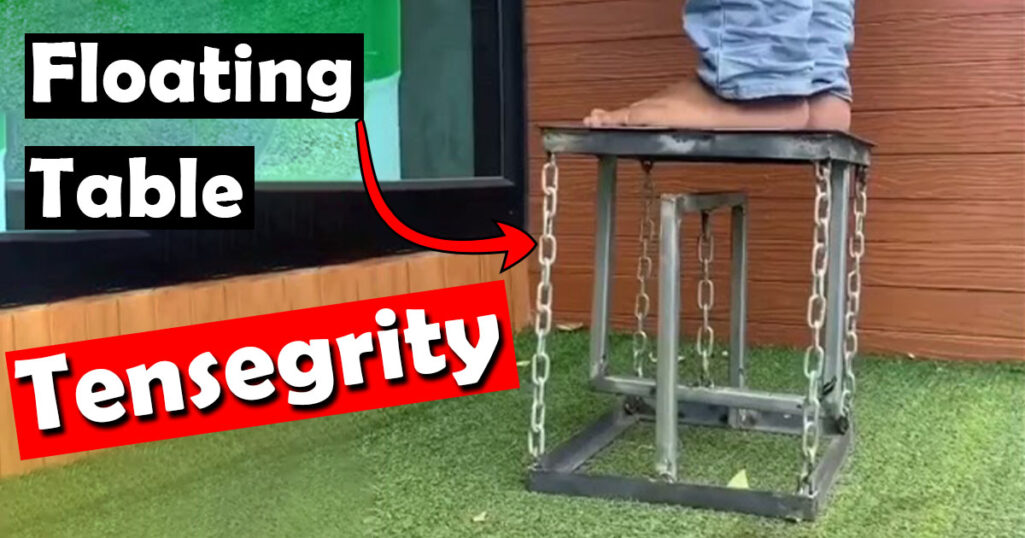
In the building industry, Tensegrity Structures are an interesting development. Buckminster Fuller, the famed architect, was no exception to the rule that architects are constantly in search of the challenging and unique. His experiments with various architectural and structural concepts resulted in one of the smartest advancements in the building industry: Tensegrity, which he named the “fuller world.”
In human bodies, the spine is the closest and most straightforward example of a tensegrity structure. When it comes to constructing structure systems, compression force is the most common. In contrast, tensegrity structures are constructed using the tension force, which is a pulling force transmitted by using a string, a cable, a chain or other material.
How does Tensegrity Works?
Tensioned components are maintained in place by a set of bars (the compressed elements) that are not connected to each other. Each bar is under continuous compression, and each tensioned part (chain, cable…) is under continuous tension.
As seen in the picture below, the “floating” object is being pulled in two directions by the red vectors, while the green vector represents the object’s weight.
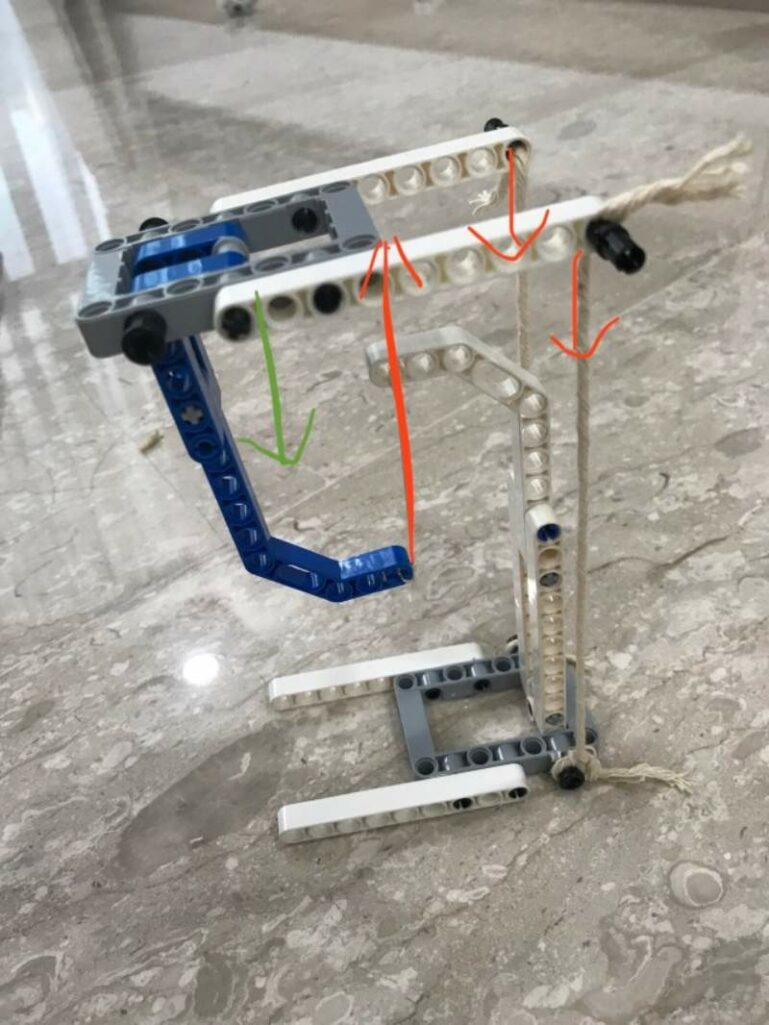
The string from which the object’s lowest point is hanging exerts an upward tension (seen below) that makes this feasible. The object’s weight creates a moment of stress that is counterbalanced by the other tensions. It’s easy to see where the “floating” structure’s center of gravity is in the accompanying figure, where the green vector denotes the structure’s weight. With the help of the strings, two smaller downward vectors are balanced by weight and provide stability to the structure’s sideways motion.
Features of Tensegrity Structures
Mechanical equilibrium:
When viewed up close, the structure appears to float, yet it is actually solid even with the limited usage of stiff parts. As a result of this mechanical equilibrium, the tensile and compressive components remain stable.
Pre-Stress:
Tensegrity structures have previously been subjected to “self-stress” or “prestress,” in which each component is already under stress. They are further pushed by each other, a state that is known as “self-stress” or “prestress.”
Flexible:
Even though they are held in place by pre-stressing, tensegrity structures are extremely sensitive to external forces. When the structure is bent, its components rapidly reposition themselves and do so reversibly and without breaking.
Super Harmonic:
Because the parts are so closely linked, what affects one affects them all, resulting in a completely integrated harmonic system.
Modifying:
It’s possible to create an even more complex system of tensegrity structures by combining many tensegrity structures together. Disruption of an individual tensegrity unit in these systems does not compromise the overall system integrity.
Top 7 Tensegrity Structures
Dissipate at Afrika burn
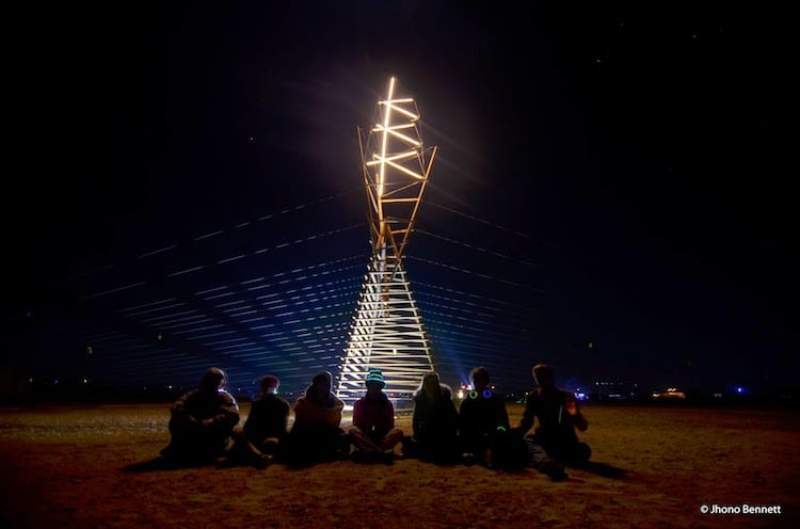
Kurilpa Bridge – Australia
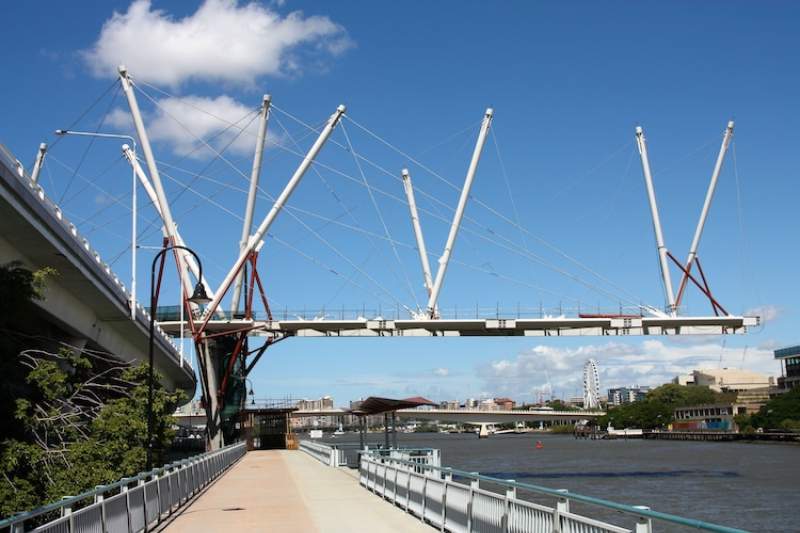
The Biosphere – Montreal

Munich Olympic Stadium
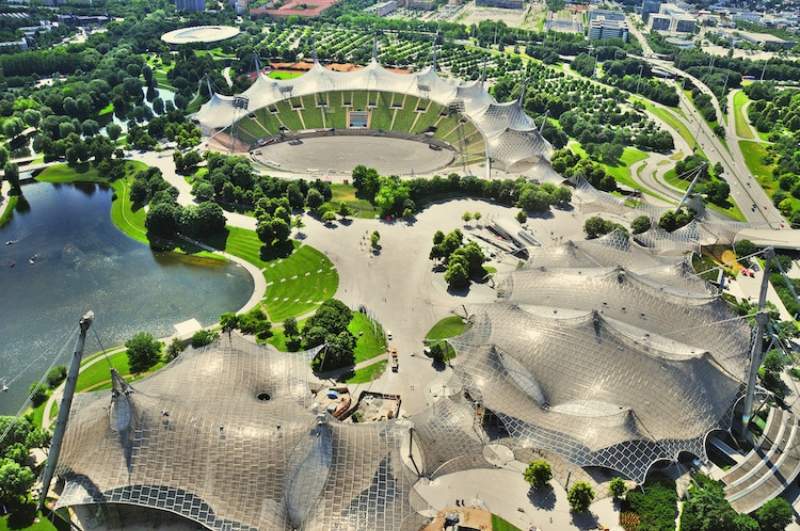
Needle Tower By Kenneth Snelson – Washington
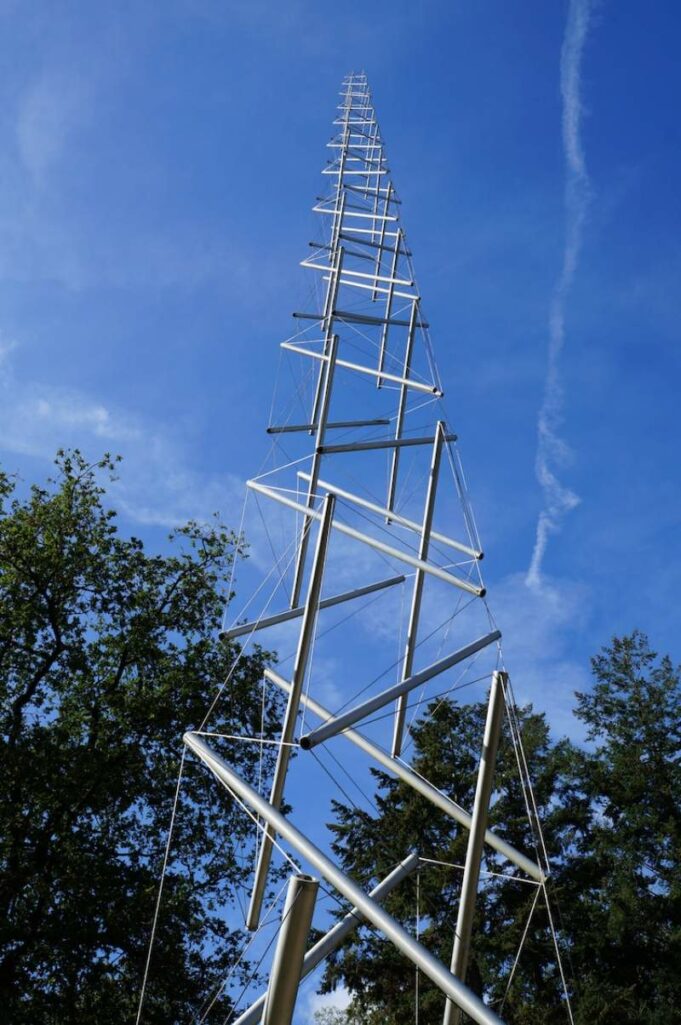
Denver International Airport

Nasa Super Ball Bot
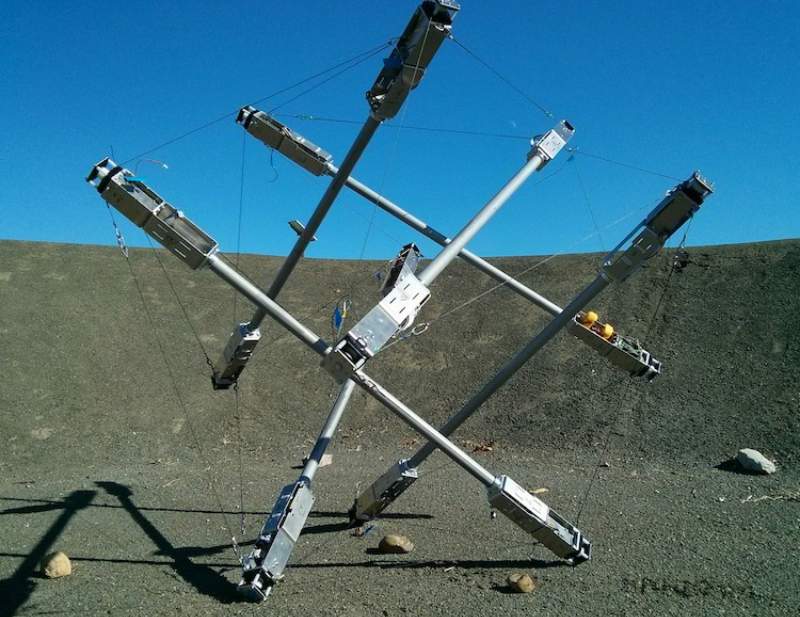
Watch the following video by Steve Mould on YouTube to see how tensegrity structure work in action:
No comments:
Post a Comment